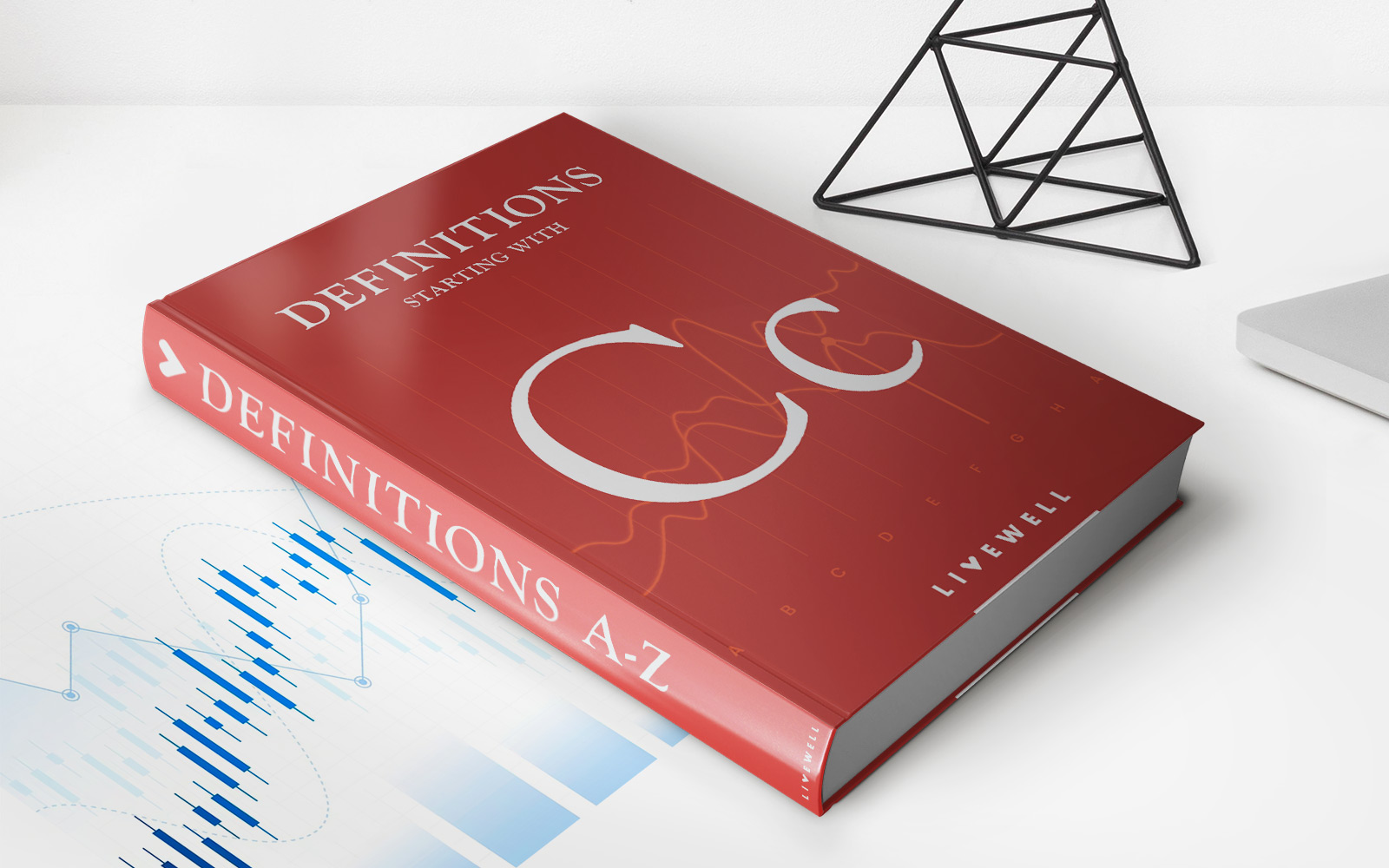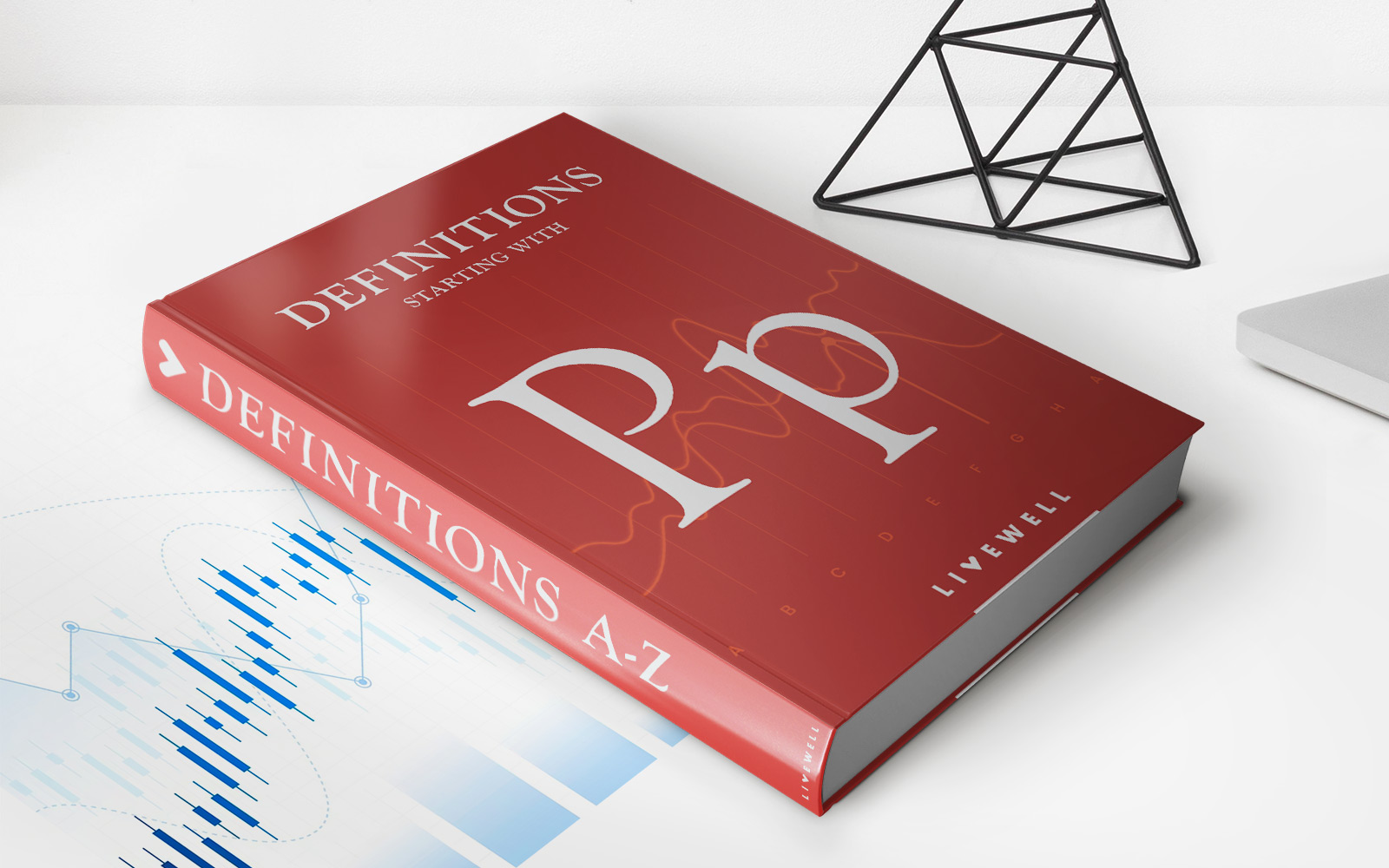

Finance
Grace Period When Buying A Vehicle
Published: February 21, 2024
Learn about the grace period when buying a vehicle and how it can affect your finance options. Understand the implications and make informed decisions.
(Many of the links in this article redirect to a specific reviewed product. Your purchase of these products through affiliate links helps to generate commission for LiveWell, at no extra cost. Learn more)
Table of Contents
**
Introduction
**
Purchasing a vehicle is a significant decision that requires careful consideration of various factors, including financial readiness and the overall condition of the automobile. One essential aspect to be aware of when buying a vehicle is the concept of a grace period. This period can provide buyers with a valuable opportunity to assess the vehicle and ensure that it meets their expectations and requirements. Understanding the intricacies of a grace period and its potential benefits is crucial for anyone navigating the process of buying a vehicle.
A grace period in the context of purchasing a vehicle refers to a specified duration of time following the completion of the transaction during which the buyer has the opportunity to evaluate the vehicle and, if necessary, address any concerns that may arise. This period serves as a safeguard for the buyer, offering them a window of time to thoroughly inspect the vehicle, test its performance, and confirm that it aligns with their needs and expectations.
During this critical period, buyers have the opportunity to assess various aspects of the vehicle, including its mechanical condition, overall functionality, and alignment with the specifications outlined in the sales agreement. This evaluation process is essential for ensuring that the buyer is fully satisfied with their purchase and that the vehicle meets the standards and requirements that were initially established.
The concept of a grace period offers several potential benefits for buyers. It provides a sense of security and peace of mind, knowing that there is a designated timeframe within which they can thoroughly evaluate the vehicle and address any potential issues that may arise. This added layer of assurance can significantly reduce the stress and uncertainty often associated with purchasing a vehicle, especially when dealing with pre-owned or used cars.
Furthermore, a grace period can serve as a valuable opportunity for buyers to test the vehicle in various conditions and scenarios, allowing them to assess its performance and functionality in real-world situations. This firsthand experience can provide crucial insights into the vehicle's suitability for the buyer's specific needs and daily requirements.
In the subsequent sections, we will delve deeper into the intricacies of the grace period, exploring its benefits, considerations, and the process of negotiating this provision with the seller. Understanding these aspects is essential for empowering buyers to make informed decisions and navigate the vehicle purchasing process with confidence and clarity.
**
Understanding the Grace Period
**
Upon finalizing the purchase of a vehicle, the grace period represents a specified timeframe during which the buyer has the opportunity to thoroughly evaluate the vehicle and determine whether it aligns with their expectations and requirements. This period is designed to provide buyers with a sense of reassurance and a practical mechanism for addressing any potential concerns that may arise following the completion of the transaction.
The duration of a grace period can vary depending on the specific terms outlined in the sales agreement or the policies of the seller. It is essential for buyers to carefully review and understand the details of the grace period, including its start and end dates, as well as any conditions or limitations that may apply. By gaining a clear understanding of this provision, buyers can effectively utilize the grace period to conduct a comprehensive assessment of the vehicle.
During the grace period, buyers are encouraged to inspect the vehicle meticulously, paying close attention to its mechanical components, overall condition, and functionality. This inspection may involve conducting test drives to evaluate the vehicle’s performance in different driving conditions, assessing its handling, acceleration, braking, and overall responsiveness. Additionally, buyers should carefully examine the interior and exterior of the vehicle, checking for any signs of damage, wear and tear, or inconsistencies with the advertised specifications.
Understanding the scope and purpose of the grace period is crucial for buyers, as it empowers them to make informed decisions and take proactive steps to address any issues that may emerge. By leveraging this designated timeframe, buyers can gain valuable insights into the vehicle’s suitability for their needs and lifestyle, ultimately contributing to a more satisfying and well-informed purchasing experience.
**
Benefits of a Grace Period
**
The inclusion of a grace period in a vehicle purchase offers a range of valuable benefits for buyers, providing them with a safeguard against potential issues and a valuable opportunity to ensure their satisfaction with the transaction. Understanding these benefits is essential for buyers to fully appreciate the significance of the grace period and leverage it effectively to their advantage.
One of the primary benefits of a grace period is the sense of security and peace of mind it affords to buyers. Knowing that they have a designated timeframe to evaluate the vehicle and address any concerns can significantly reduce the stress and uncertainty associated with making a substantial purchase. This added layer of assurance empowers buyers to proceed with the transaction confidently, knowing that they have the opportunity to thoroughly assess the vehicle before finalizing the purchase.
Furthermore, the grace period serves as a practical mechanism for buyers to conduct a comprehensive evaluation of the vehicle’s condition, functionality, and alignment with their specific needs. This includes the opportunity to test drive the vehicle in various conditions, assess its performance, and verify its compliance with the specifications outlined in the sales agreement. Such a firsthand experience can provide invaluable insights that contribute to the buyer’s overall satisfaction and confidence in their decision.
Additionally, the grace period can serve as a crucial buffer against potential undisclosed issues or discrepancies related to the vehicle. By allowing buyers to inspect the vehicle thoroughly, the grace period enables them to identify and address any hidden concerns or discrepancies that may have been overlooked during the initial assessment. This proactive approach can help buyers avoid potential post-purchase complications and ensure that the vehicle meets their expectations and standards.
Moreover, the grace period offers buyers the opportunity to engage in open communication with the seller regarding any identified issues or concerns. This dialogue can facilitate the resolution of potential discrepancies and contribute to a transparent and mutually beneficial transaction. By leveraging the grace period to address any concerns directly with the seller, buyers can seek resolutions that align with their best interests and contribute to a positive purchasing experience.
Overall, the inclusion of a grace period in a vehicle purchase presents a host of benefits that empower buyers to make informed decisions, address potential issues, and proceed with confidence. By recognizing and leveraging these benefits, buyers can navigate the purchasing process with a heightened sense of assurance and clarity, ultimately leading to a more satisfying and successful transaction.
**
Considerations Before Utilizing a Grace Period
**
While the grace period offers valuable advantages for buyers, it is essential to consider various factors before utilizing this provision to ensure a seamless and effective evaluation of the vehicle. By addressing these considerations proactively, buyers can maximize the benefits of the grace period and navigate the assessment process with clarity and confidence.
First and foremost, buyers should familiarize themselves with the specific terms and conditions of the grace period outlined in the sales agreement. This includes understanding the duration of the grace period, any limitations or exclusions that may apply, and the procedures for initiating the evaluation process. By gaining a clear understanding of these details, buyers can effectively plan and allocate their time to conduct a comprehensive assessment of the vehicle within the designated timeframe.
Additionally, buyers should consider the logistical aspects of utilizing the grace period, including scheduling the inspection and test-driving activities. Planning ahead and coordinating with the seller to access the vehicle for evaluation can contribute to a smooth and efficient assessment process. Moreover, buyers should factor in any potential costs or arrangements associated with the inspection, such as enlisting the services of a qualified mechanic or conducting specialized diagnostic tests to ensure a thorough evaluation.
Furthermore, buyers should approach the evaluation process with a structured and methodical approach, focusing on key areas of assessment such as the vehicle’s mechanical condition, overall functionality, and alignment with their specific requirements. This may involve creating a checklist of essential criteria to guide the evaluation and ensure that all relevant aspects of the vehicle are thoroughly examined during the grace period.
Another crucial consideration before utilizing the grace period is the importance of maintaining open and transparent communication with the seller. Buyers should proactively engage with the seller to address any concerns or discrepancies identified during the evaluation and seek mutually agreeable solutions. This collaborative approach can contribute to a smoother resolution of potential issues and foster a positive and respectful interaction between the buyer and seller.
Finally, buyers should be aware of the implications of any identified issues or concerns during the grace period and consider their options for potential resolutions. This may involve assessing the feasibility of addressing minor issues independently or negotiating with the seller for necessary repairs or adjustments to ensure the vehicle meets the buyer’s expectations.
By carefully considering these factors before utilizing the grace period, buyers can approach the evaluation process with clarity and preparedness, ultimately maximizing the benefits of this provision and ensuring a well-informed and satisfactory vehicle purchase.
**
How to Negotiate a Grace Period with the Seller
**
Negotiating a grace period with the seller when purchasing a vehicle requires effective communication, clear understanding of the terms, and a collaborative approach to ensure a mutually agreeable arrangement. By following a structured negotiation process, buyers can seek to incorporate a grace period into the sales agreement, providing them with the opportunity to thoroughly evaluate the vehicle before finalizing the transaction.
Initiating the negotiation process for a grace period involves open and transparent communication with the seller. Buyers should express their interest in including a grace period as part of the sales agreement, emphasizing the importance of conducting a comprehensive assessment of the vehicle to ensure a satisfactory purchase experience. By articulating the benefits of a grace period, such as the opportunity to address any potential concerns and verify the vehicle’s condition, buyers can convey their genuine intent to proceed with the transaction responsibly and confidently.
During the negotiation, buyers should be prepared to discuss the specific duration of the grace period they are seeking, taking into account the time needed to conduct a thorough evaluation of the vehicle. It is essential to approach this aspect of the negotiation with a reasonable and practical timeframe, considering factors such as the vehicle’s condition, the complexity of the assessment, and any external factors that may influence the evaluation process.
Buyers may also propose flexibility in the terms of the grace period, such as allowing for extensions under certain circumstances or specifying the procedures for initiating the evaluation. By demonstrating a willingness to collaborate with the seller and accommodate their concerns within the framework of the grace period, buyers can foster a constructive negotiation process that prioritizes a mutually beneficial outcome.
Furthermore, buyers should seek to address any potential reservations or concerns the seller may have regarding the inclusion of a grace period. By actively listening to the seller’s perspective and acknowledging their considerations, buyers can work towards finding common ground and reaching an agreement that aligns with both parties’ interests. This collaborative approach can contribute to a positive and respectful negotiation process, ultimately leading to a successful incorporation of the grace period into the sales agreement.
Upon reaching a consensus on the terms of the grace period, it is crucial to formalize the arrangement by documenting it as part of the sales agreement. Clearly outlining the details of the grace period, including its duration, conditions, and procedures, can help prevent misunderstandings and ensure that both parties are aligned with the agreed-upon terms.
By following these negotiation strategies and maintaining a communicative and collaborative approach, buyers can effectively secure a grace period as part of the vehicle purchase, empowering them to conduct a comprehensive evaluation and proceed with confidence in their decision.
**
Conclusion
**
The concept of a grace period when purchasing a vehicle serves as a valuable safeguard and opportunity for buyers to conduct a thorough evaluation of the vehicle before finalizing the transaction. By understanding the intricacies of the grace period and its potential benefits, buyers can navigate the purchasing process with confidence and clarity, ultimately ensuring a well-informed and satisfactory experience.
Throughout this article, we have explored the significance of the grace period, emphasizing its role in providing buyers with a sense of security, a practical mechanism for evaluating the vehicle, and a buffer against potential post-purchase complications. The grace period offers a range of benefits, including the opportunity to test drive the vehicle, identify potential issues, and engage in open communication with the seller to seek resolutions that align with the buyer’s best interests.
Before utilizing a grace period, buyers should consider various factors, including familiarizing themselves with the terms and conditions, planning the evaluation process, maintaining open communication with the seller, and assessing potential resolutions for identified issues. By addressing these considerations proactively, buyers can maximize the benefits of the grace period and ensure a seamless and effective assessment of the vehicle.
Negotiating a grace period with the seller requires effective communication, a clear understanding of the terms, and a collaborative approach. By initiating a structured negotiation process, buyers can seek to incorporate a grace period into the sales agreement, ultimately empowering them to conduct a comprehensive evaluation and proceed with confidence in their decision.
In conclusion, the inclusion of a grace period in a vehicle purchase represents a proactive and responsible approach to ensuring buyer satisfaction and transparency in the transaction. By leveraging the grace period effectively, buyers can navigate the purchasing process with a heightened sense of assurance and clarity, ultimately leading to a more satisfying and successful transaction.
Understanding the nuances of the grace period and approaching its utilization with preparedness and diligence can empower buyers to make well-informed decisions and secure a vehicle purchase that aligns with their needs and expectations. As buyers continue to navigate the complexities of purchasing a vehicle, the grace period stands as a valuable tool for promoting transparency, confidence, and peace of mind throughout the evaluation and transaction process.














